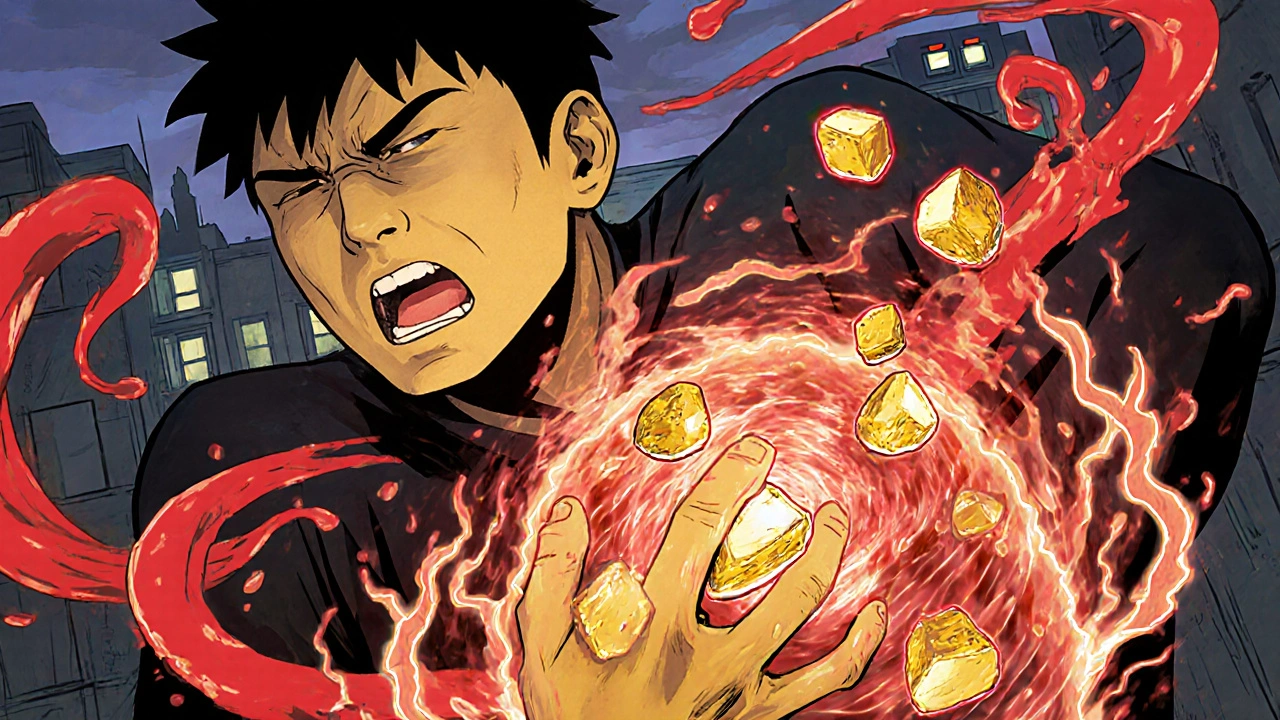Gallbladder Stones: Causes, Symptoms, and What You Can Do
When gallbladder stones, hard deposits that form in the gallbladder from bile components like cholesterol and bilirubin. Also known as gallstones, they can block the flow of bile and trigger sharp pain under the right rib cage. Many people live with them without knowing—until the pain hits. It doesn’t always come with warning. One moment you’re fine, the next you’re doubled over after a fatty meal. That’s not just indigestion. That’s your gallbladder screaming.
Gallbladder stones form when bile becomes too concentrated. Too much cholesterol? Too much bilirubin? Not enough bile salts? Any of those can turn liquid into solid crystals. Risk factors? Being overweight, female, over 40, or having diabetes. Rapid weight loss, pregnancy, and certain medications can also push your body toward stone formation. And while some people never have symptoms, others get hit with nausea, vomiting, fever, or jaundice—yellow skin or eyes—when a stone blocks the bile duct.
Doctors don’t always remove the gallbladder right away. If you’re symptom-free, they might just watch. But if pain is frequent or severe, or if stones are blocking ducts, surgery becomes the most reliable fix. The procedure? Laparoscopic cholecystectomy. It’s common, safe, and usually done as an outpatient. Some people try herbal remedies or liver flushes, but there’s no solid proof they work. What does work? Removing the source—the gallbladder itself.
After removal, your body adapts. Bile flows straight from the liver to the intestine. Most people eat normally again within weeks. A few deal with looser stools at first, but that usually settles. The key is not to wait until complications arise—like infection, pancreatitis, or a blocked duct that turns life-threatening.
Below, you’ll find real comparisons of medications and treatments tied to gallbladder issues—from diuretics that affect fluid balance, to steroids that can trigger stone formation, to pain management strategies used alongside or after surgery. These aren’t theory pages. They’re practical guides written by people who’ve seen what works—and what doesn’t—when your gallbladder stops playing nice.

Gallbladder and Biliary Disease: Understanding Stones, Cholangitis, and ERCP
Gallbladder stones, cholangitis, and ERCP are key parts of biliary disease. Learn how stones form, when they become dangerous, and how ERCP treats blocked bile ducts-with real stats, patient experiences, and updated 2025 guidelines.